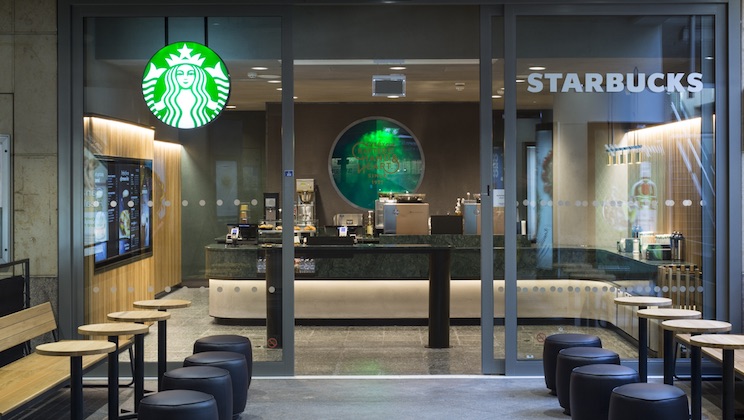Payments
What mobile payment providers can learn from Starbucks
- Customers more frequently use Starbucks in-app payments than mobile wallets like Apple Pay, Google Pay or Samsung Pay
- Mobile payment providers could learn from Starbucks' experience of building loyalty and incentives into the digital payment experience








